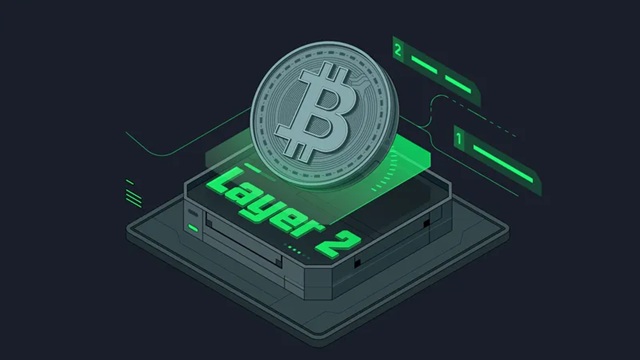How does a layer 2 blockchain speed up crypto transactions?

Layer 2 blockchain solutions achieve dramatic speed improvements by processing transactions off the main chain before settling final results on the base layer network. These systems handle thousands of transactions per second compared to traditional blockchain limitations of dozens per second. pepee coin can benefit from layer 2 deployment, which enables instant transactions and micro-payments that would be impossible on congested main networks due to high fees and slow confirmation times.
Batch processing efficiency
Layer 2 networks group multiple transactions into single batches that are processed simultaneously, rather than individually handling each transaction on the main blockchain. This bundling approach distributes computational costs across many transactions and dramatically reduces the per-transaction overhead that creates bottlenecks on traditional networks. Intelligent batching algorithms optimise transaction grouping based on network conditions and cost considerations. These systems can adjust batch sizes dynamically to maintain efficiency during varying traffic levels. Advanced compression techniques reduce the data footprint required for each batch submission to the main chain.
Off-chain computation
Complex calculations occur on layer 2 infrastructure rather than consuming primary chain resources for every computational step. This separation allows specialised hardware optimisation for high-throughput processing that exceeds the capabilities of general-purpose blockchain networks designed for security rather than speed. Cryptographic proofs validate off-chain computations without requiring main chain validators to repeat all calculations. These mathematical guarantees provide security assurance and eliminate redundant work that slows traditional blockchain processing. Fraud-proof mechanisms enable challenge periods that maintain security without sacrificing speed.
State channel technology
Direct payment channels between parties enable instant transactions, bypassing blockchain confirmation delays. These channels handle high-frequency interactions privately before settling final balances on the main chain. Gaming applications and micropayment systems particularly benefit from this instant settlement capability. Channel networks create pathways for indirect transactions through intermediary nodes when direct channels don’t exist between trading parties. Lightning Network architecture enables global payment routing through interconnected channels that provide instant settlement across vast networks of participants without individual blockchain transactions.
Parallel processing capabilities
Multiple layer 2 chains can operate simultaneously and handle different transaction types or user segments without competing for the same computational resources. This parallel architecture multiplies total network capacity far beyond what single blockchain systems can achieve through sequential transaction processing.
- Horizontal scaling through multiple parallel processing chains
- Specialised chains optimised for specific transaction types or applications
- Load balancing systems that distribute traffic across available processing capacity
- Cross-chain communication protocols enabling seamless interaction between parallel systems
- Redundancy features that maintain service during individual chain maintenance or upgrades
Sharding techniques divide users and applications across different processing chains based on geographic location or application type. These divisions prevent any chain from becoming overwhelmed and maintain optimal performance across the entire network ecosystem.
Settlement optimization
Periodic settlement batches reduce the frequency of expensive main chain interactions without compromising security through cryptographic commitments that bind layer 2 operators to honest behaviour. These settlements can occur at optimal times when main chain congestion and fees are minimal. State compression minimises the data permanently recorded on expensive main-chain storage. Only essential state changes require blockchain recording, and transaction details can be stored more cost-effectively. This optimisation reduces both costs and confirmation times.
Layer 2 blockchains accelerate transactions through batch processing efficiency and off-chain computation that leverages state channel technology and parallel processing capabilities to achieve settlement optimisation and improved network synchronisation for superior performance outcomes.
